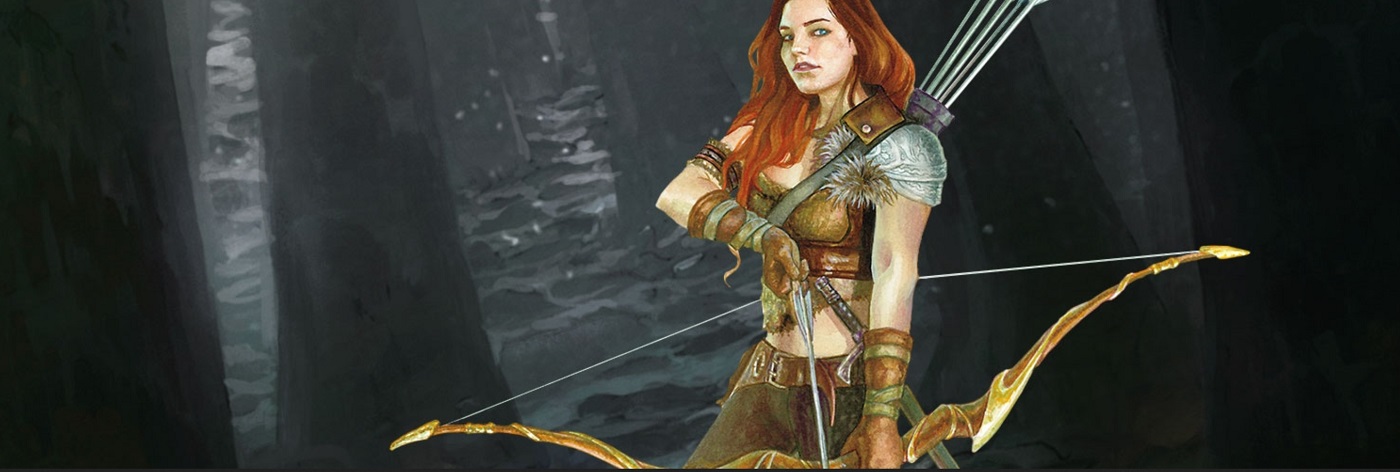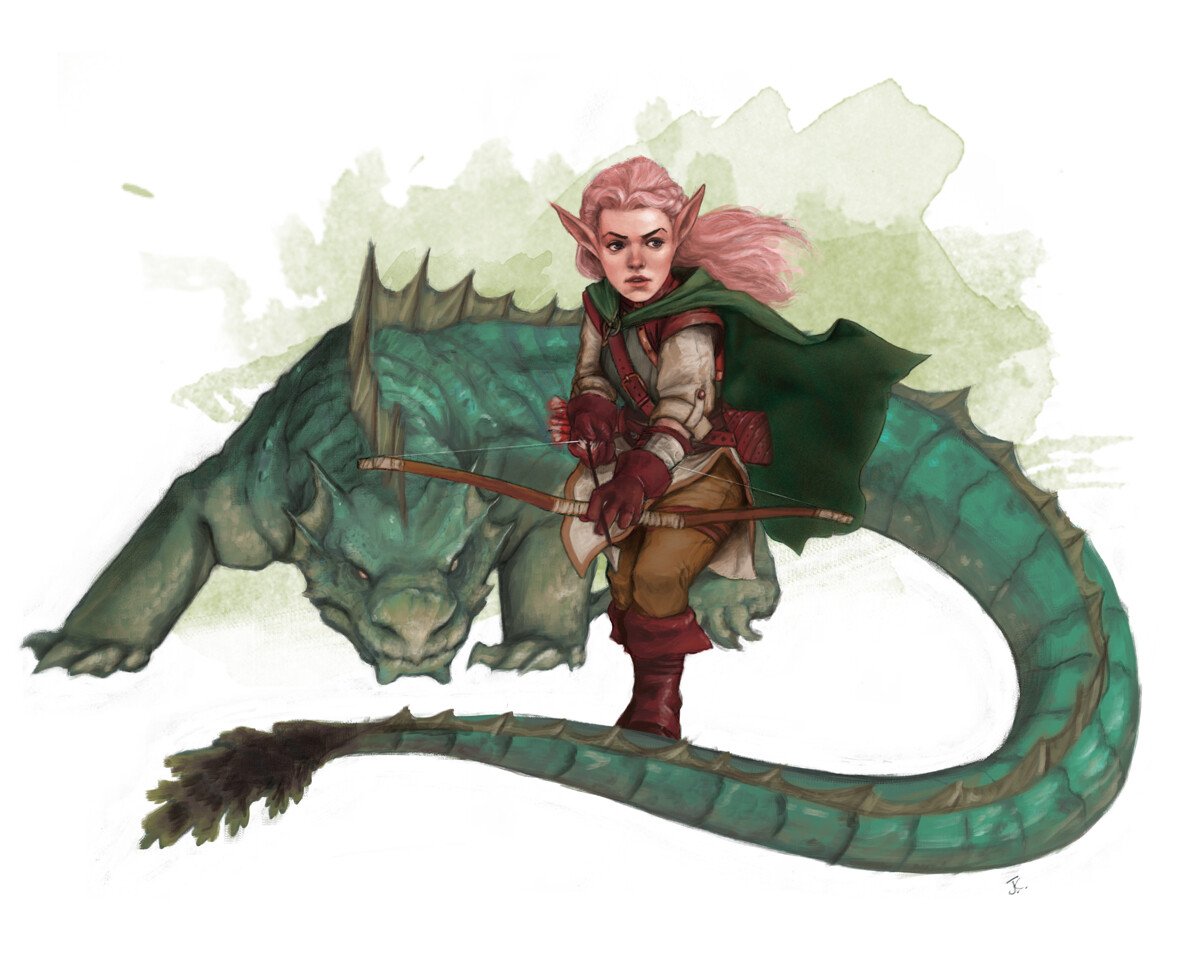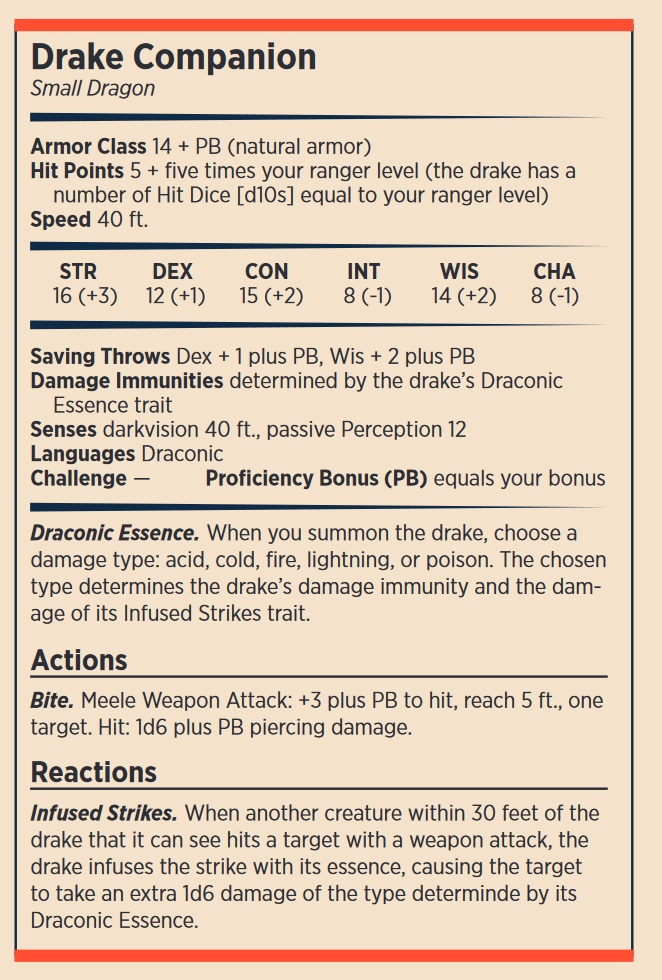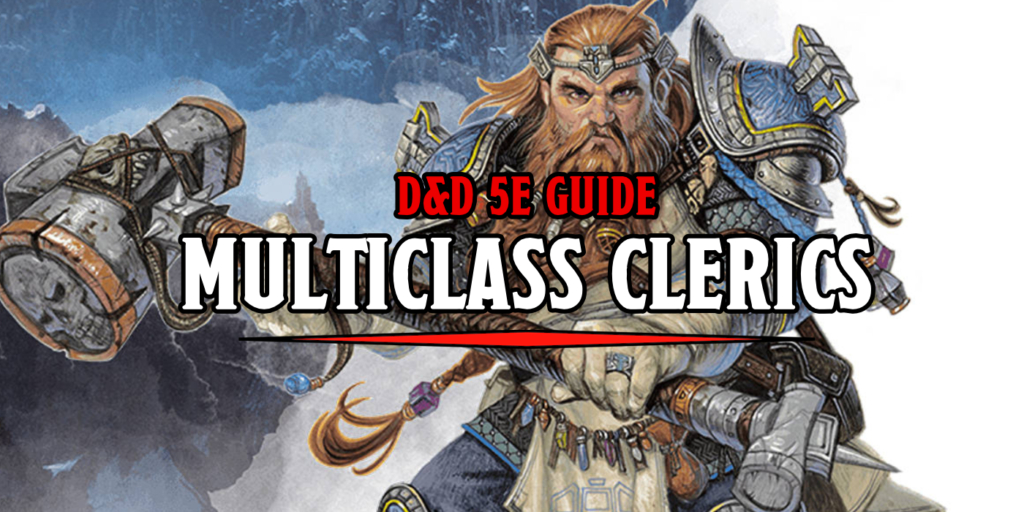D&D: How The Drakewarden Ranger Fixes Beastmasters
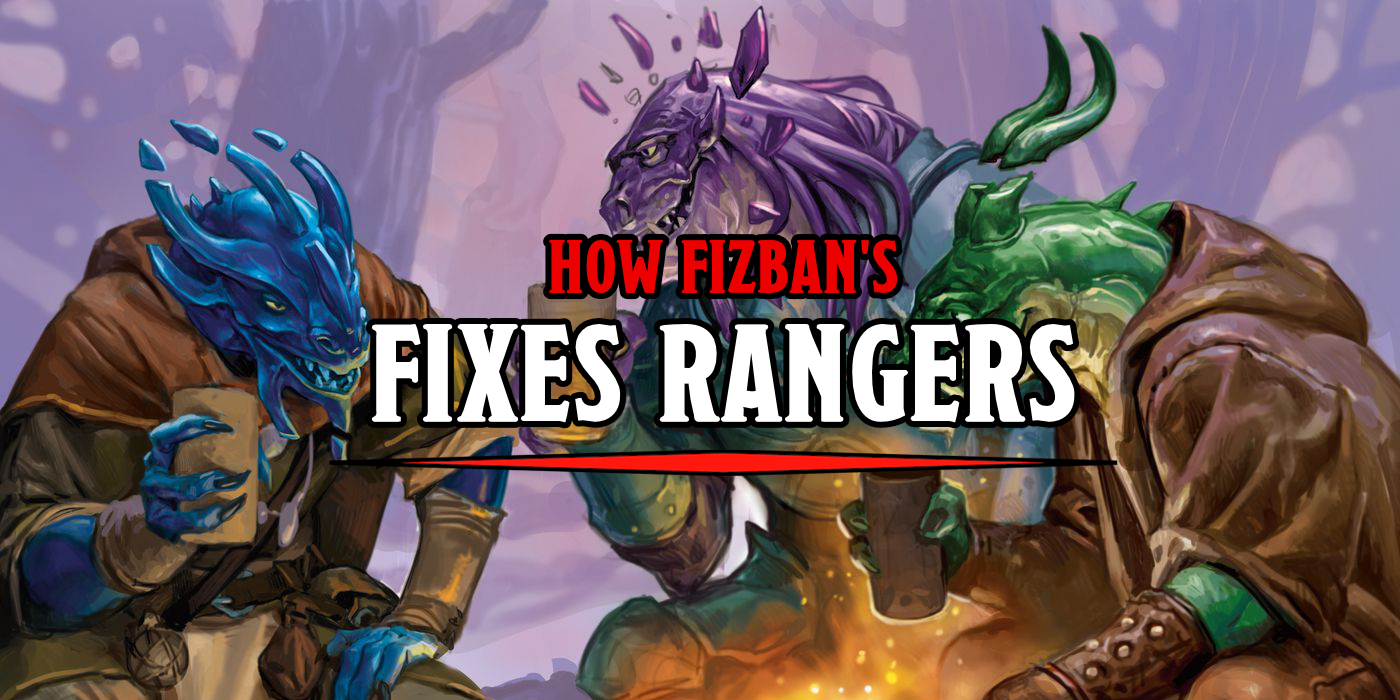
Fizban’s Treasury of Dragons has a new subclass that will give you the animal companion you’ve been dreaming of.
The latest D&D book, Fizban’s Treasury of Dragons, has a ton of new options for players. But perhaps one of the most exciting options is for rangers. Rangers have been one of the more vocally maligned classes in D&D. In particular, Beastmaster rangers have always had it rough.
A big part of this is owed to the mechanics of the key part of your class: your animal companion. As a Beastmaster, you gain a beast companion that has to be CR 1/4 or lower. But it takes your action to make it do anything.
New rules in Tasha’s Cauldron of Everything present a kind of fix for it by replacing it with a rule called Primal Companion. The rule summons one of the more modern “spirit” pets: resummonable companions with their own stat blocks and actions that can be commanded as a bonus action
Even then, the Beastmaster still feels a bit lackluster. As your beast levels up, it doesn’t grow with you in power. One need only look at Critical Role, Campaign 1 for an example of some of the work done to try and “fix” animal companions.
Enter the Drakewarden Ranger in Fizban’s Treasury.
This new subclass fulfills the idea of a Beastmaster. In a nutshell, you are a ranger whose connection to the natural world takes the form of a draconic spirit that grows in power right alongside you. It functions, at first glance, much like another animal companion. You get a Drake Companion that has its own stat block:
But even then, the Drake Companion has some exciting options. It comes with Infused Strikes which lets you deal extra damage. This takes the place of the normal ranger bonus damage, but it’s a little more broadly applicable since it can apply to any target within 30 feet of the drake.
And as you grow in level, you get new powers and new ways of using your companion. At 7th level you can ride your drake, and gain resistance to whatever elemental damage it has. Plus it deals more damage.
At 11th level, you gain a breath weapon (and a pretty sizable one at that. And at 17th level, your drake becomes large and gains a flying speed, making you a real dragon rider.
Combine that with some of the new spells and magic items, and you have a recipe for a powerful new class.
Happy Adventuring!

